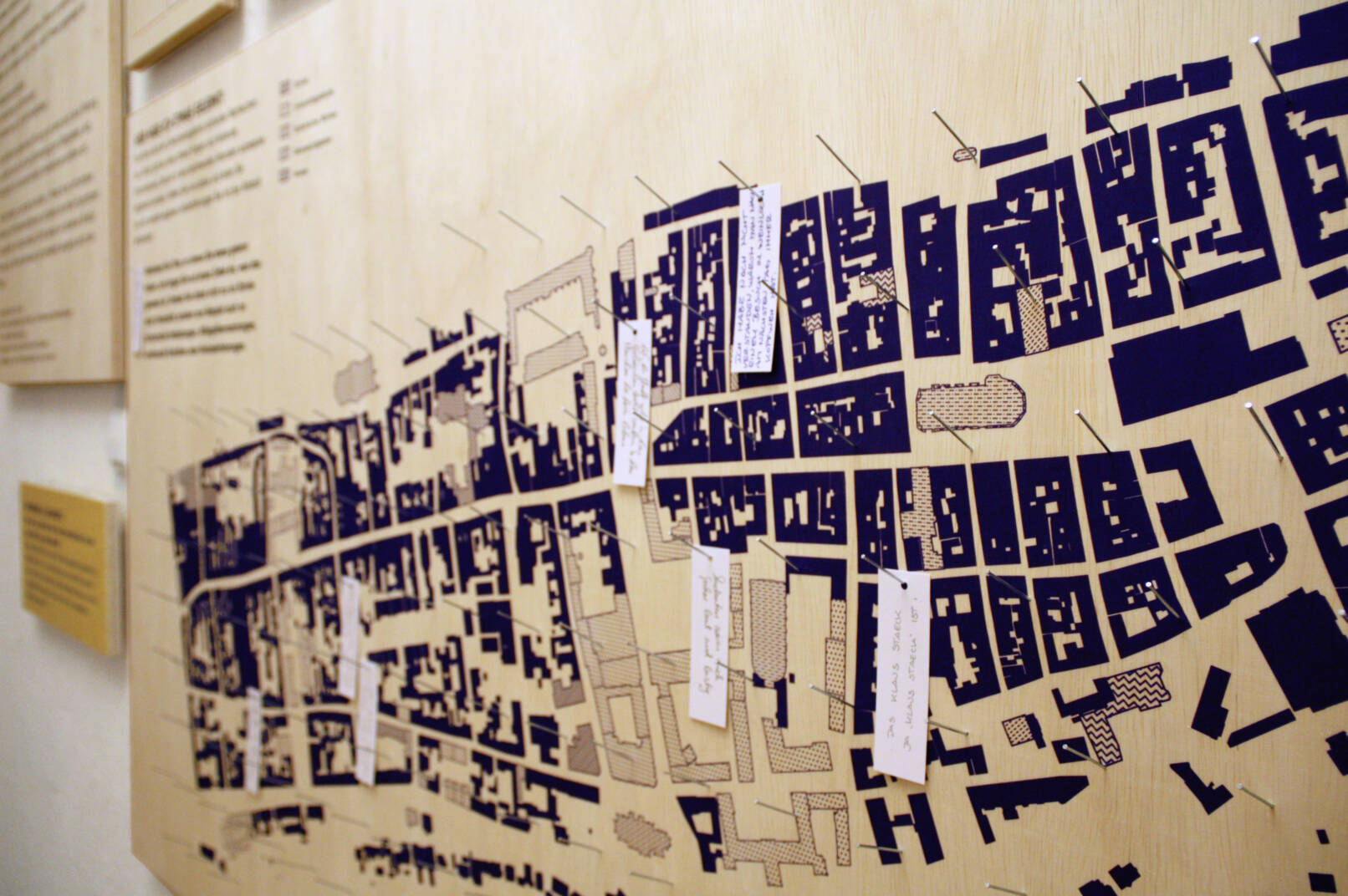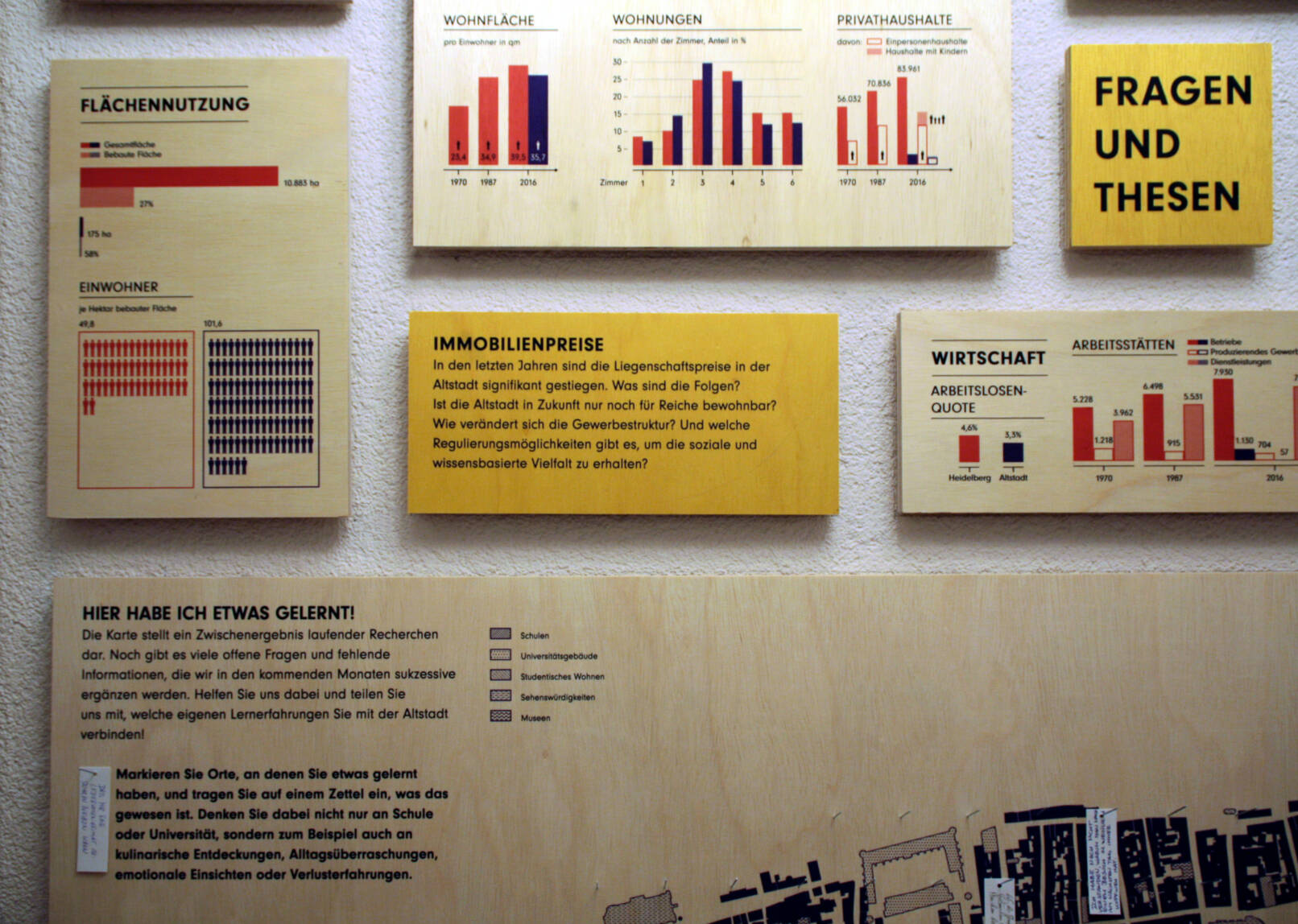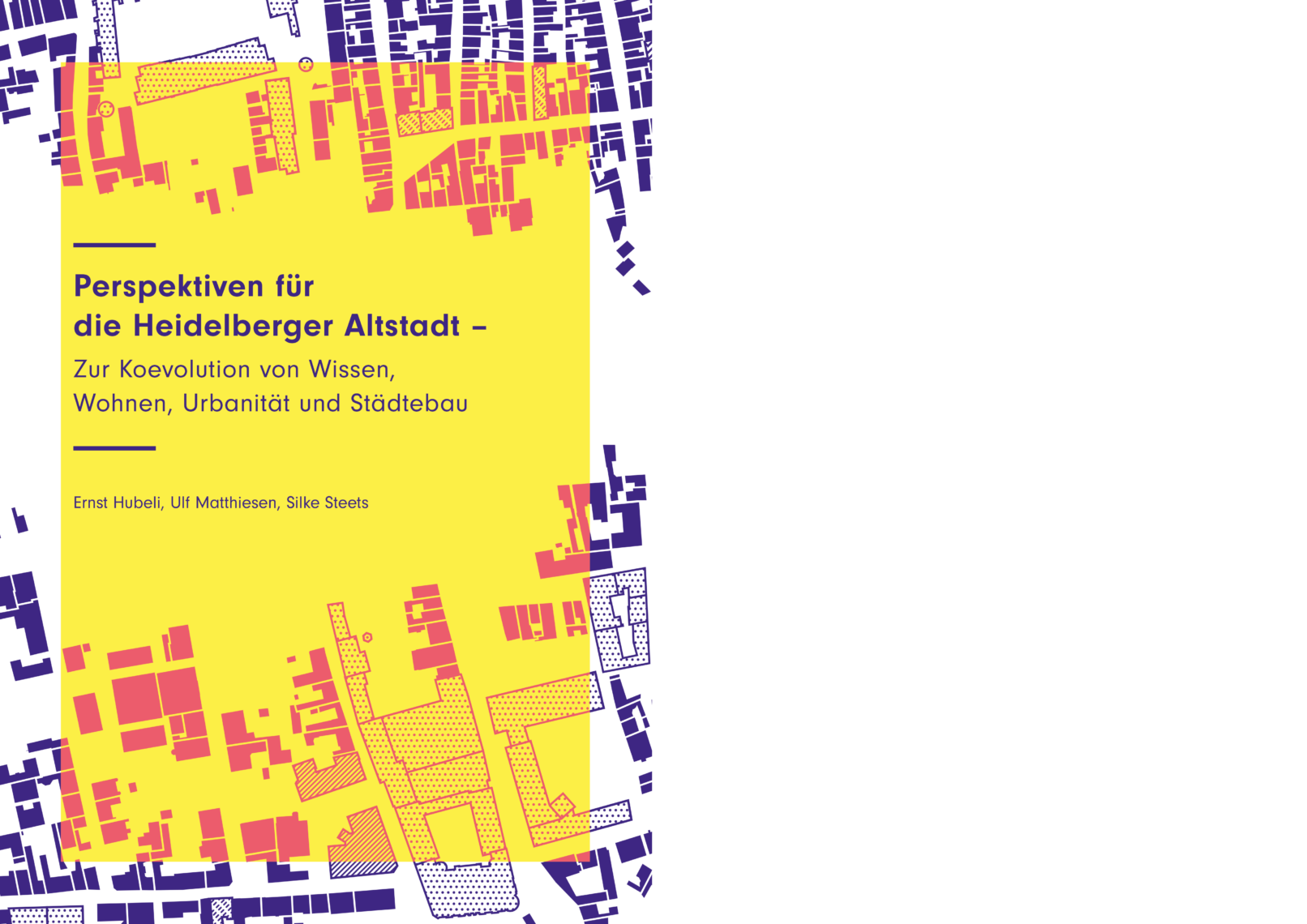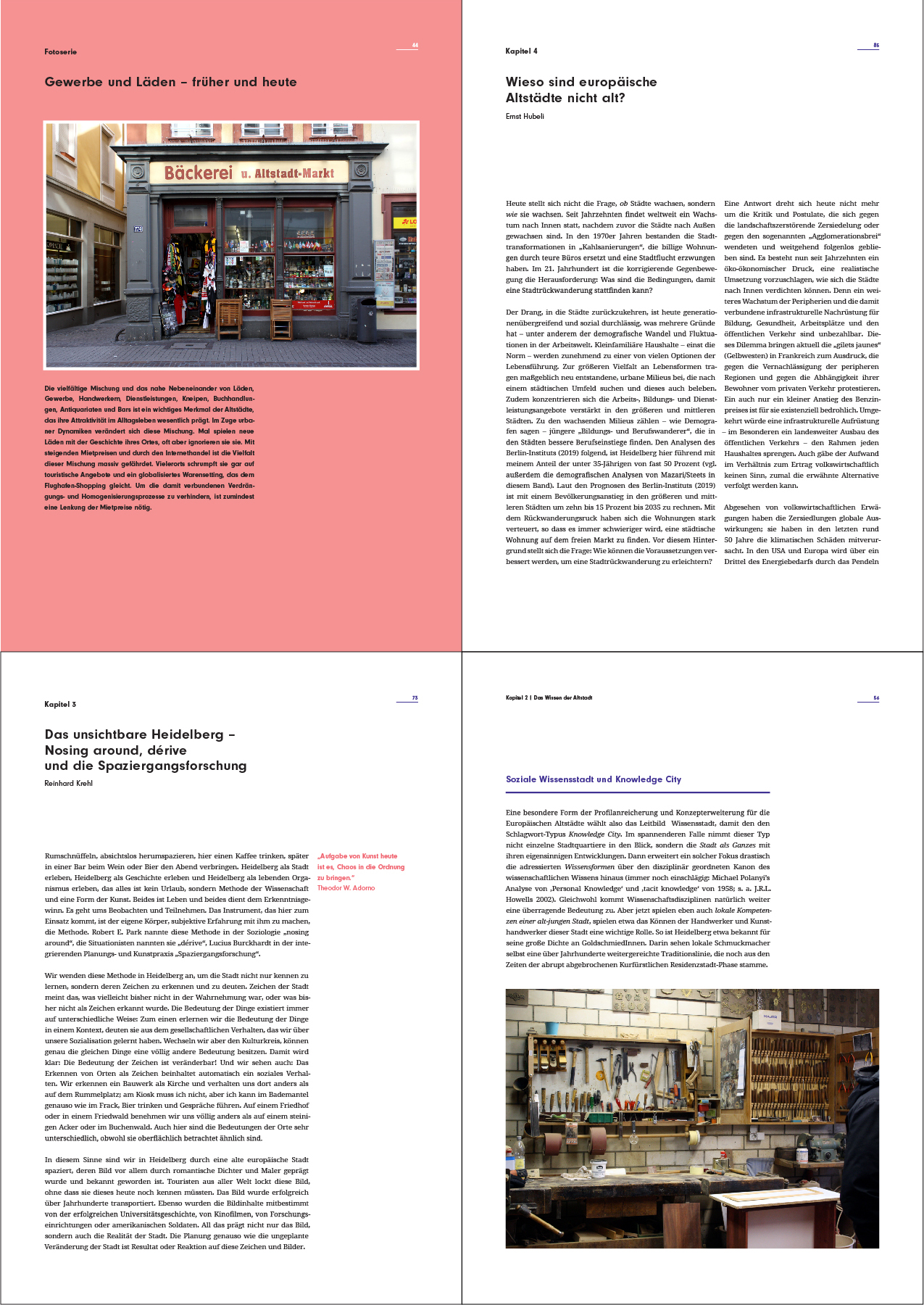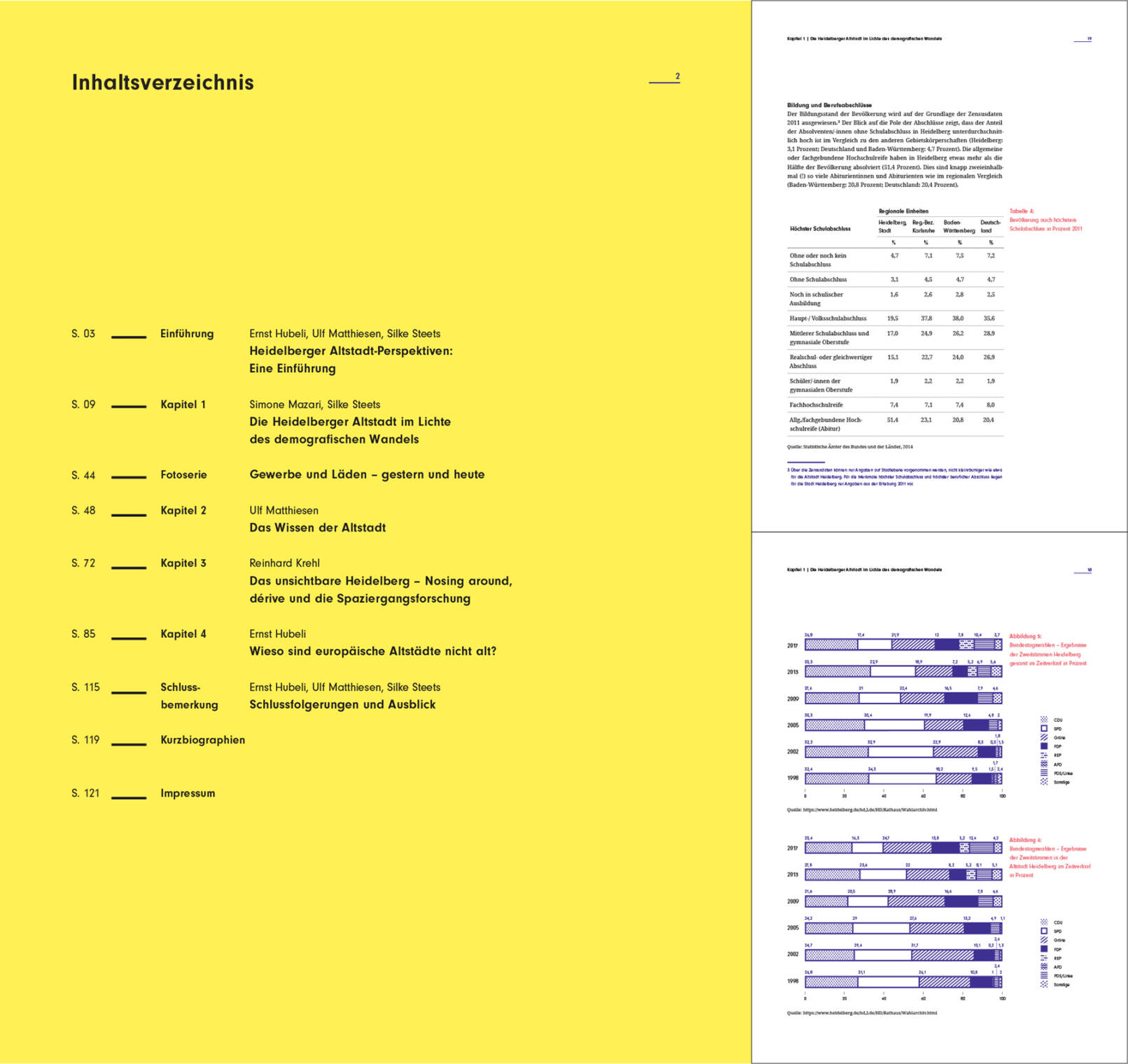Interim presentation of the IBA Heidelberg
Will the old town soon only be habitable for the rich? Where are the informal places of learning located? And can educational tourism replace selfie tourism?
These and other questions were at the heart of the International Building Exhibition (IBA) in Heidelberg, whose interim presentation was on show from April to July 2018. For this purpose, La Loma translated facts about urban development, and the collaborative field research of the project managers Ernst Hubeli, Ulf Matthiesen and Silke Steets, into information graphics. Visitors to the exhibition were able to interactively mark places on a map of the old town where they had personally learned something – be it academically, culinary or in everyday life – and describe their experience on a piece of paper. The information gathered during the exhibition was incorporated into the research of the project team.

